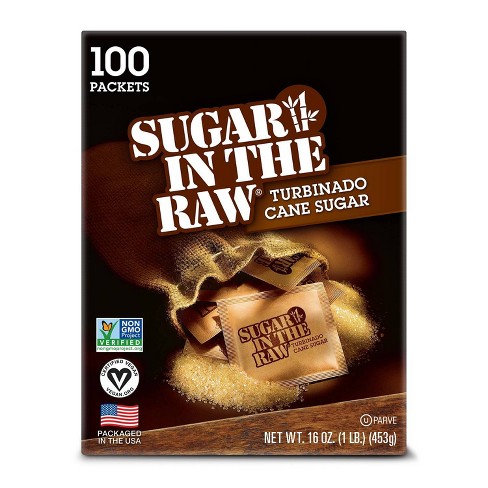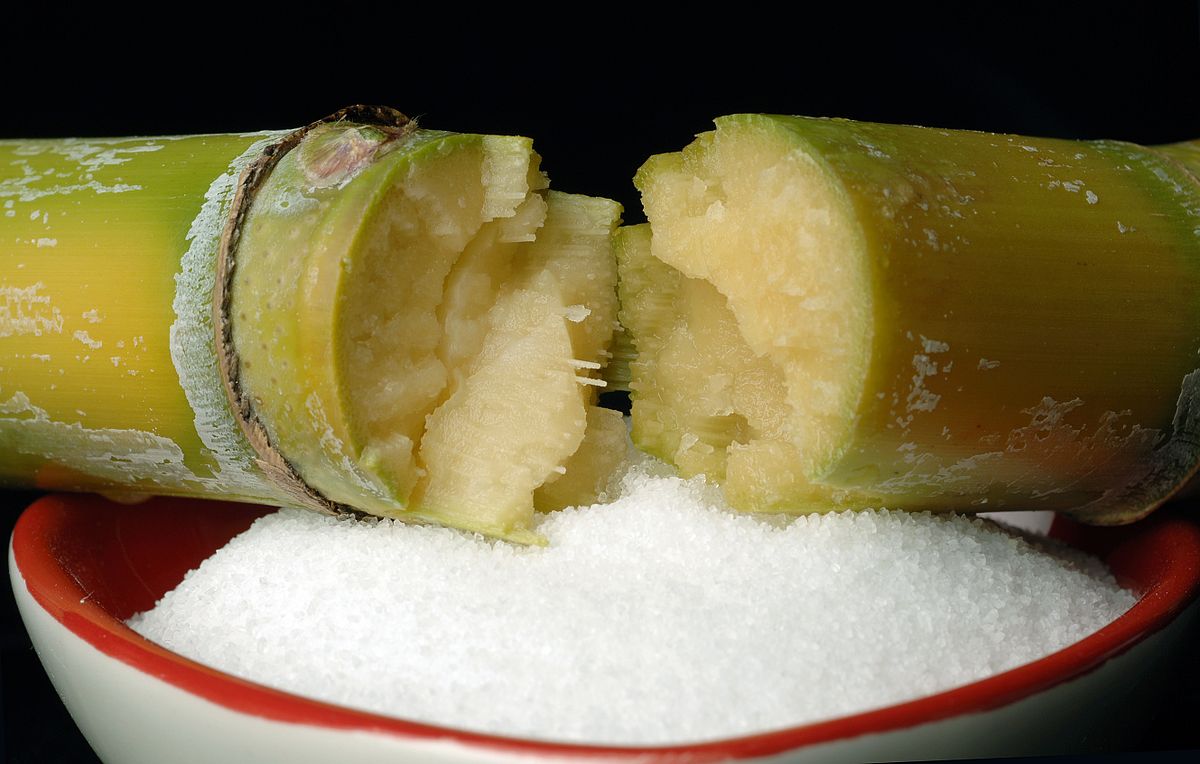Cane Sugar Processing: Innovative Techniques for Quality Production
Cane Sugar Processing: Innovative Techniques for Quality Production
Blog Article
An In-Depth Guide to the Environmental Effect and Sustainability Practices in Walking Stick Sugar Handling
The ecological influence of walking stick sugar handling offers an intricate variety of difficulties that warrant careful exam. From dirt degradation and extreme water usage to the carbon footprint linked with growing and production, the effects of traditional practices are far-ranging. What certain practices can be applied to strike an equilibrium between performance and environmental stewardship?
Review of Walking Stick Sugar Handling
Cane sugar processing entails a series of organized steps that change sugarcane into polished sugar. Initially, collected sugarcane is moved to processing facilities, where it goes through cleaning to eliminate soil and particles. Following this, the walking stick is crushed to remove juice, which is after that cleared up by getting rid of pollutants through home heating and the addition of lime.
The clarified juice undertakes evaporation, where water is removed to concentrate the sugar web content. This focused syrup is then crystallized with air conditioning, allowing sugar crystals to develop. These crystals are divided from the remaining syrup utilizing centrifugation, leading to raw sugar. To achieve refined sugar, the raw item undertakes further purification procedures, which might include washing and filtering system to get rid of continuing to be impurities and color.
The end product is then dried and packaged for distribution. Throughout this entire process, preserving effectiveness and quality assurance is necessary to guarantee the sugar satisfies sector criteria. Each action in walking stick sugar handling not just contributes to the final item but additionally has ramifications for source use and waste generation, setting the stage for conversations on sustainability and ecological influences connected with sugar production.
Environmental Challenges of Manufacturing
The production of cane sugar offers several substantial ecological obstacles that warrant interest. One main issue is the considerable use of agrochemicals, including plant foods and pesticides, which can bring about soil destruction, biodiversity loss, and contamination of neighborhood water sources. The runoff from sugarcane areas typically carries these chemicals right into close-by communities, disrupting aquatic life and influencing the health and wellness of communities reliant on these water bodies.
One more difficulty is the high energy consumption linked with sugarcane processing. The boiling and refining phases call for significant warmth, largely generated by melting fossil fuels, contributing to greenhouse gas exhausts. Furthermore, the expansive land location required for sugarcane farming can cause deforestation and environment devastation, additional intensifying climate change and harmful wildlife.
Additionally, the labor practices in some areas increase ethical worries, as employees may encounter poor working problems and inadequate incomes. This circumstance frequently bolsters a cycle of hardship in local neighborhoods. Cane Sugar Processing. Resolving these ecological difficulties is essential for developing extra lasting methods in walking stick sugar production, inevitably benefiting both the setting and the neighborhoods associated with this market
Water and Land Usage Impact
Water resources and land application are essential components in the walking stick sugar sector that considerably affect the environment. The growing of sugarcane requires significant water input, with estimates suggesting that it can eat up to 2,000 litres of water per kilo of sugar created. This intensive use water frequently leads to exhaustion of neighborhood water resources, influencing not just the sugarcane ranches however additionally surrounding ecological communities and communities that depend on the same water sources for farming and domestic usage.

Moreover, land use for sugarcane cultivation can lead to logging and the conversion of all-natural habitats into monoculture ranches. This method decreases biodiversity, interferes with regional communities, and adds to dirt degradation. The development of sugarcane fields often elbows in on useful agricultural land, developing competitors for resources in between food and biofuel production.
Lasting practices, such as maximizing irrigation techniques and applying crop turning, are vital to alleviate these impacts. By embracing a lot more efficient water usage and land monitoring strategies, the walking stick sugar sector can decrease its eco-friendly impact, guaranteeing an equilibrium in between agricultural performance and environmental preservation.
Greenhouse Gas Emissions
Greenhouse gas discharges stand for a significant environmental concern within the walking stick sugar handling industry, especially as farming practices broaden to meet global demand. The growing of sugarcane, a crop that grows in exotic environments, depends greatly on artificial plant foods and chemicals, which add to laughing gas exhausts. In addition, land-use changes, including logging for brand-new sugarcane haciendas, launch co2 saved in plant life and dirt.
During handling, power usage is another significant resource of greenhouse gas discharges - Cane Sugar Processing. Lots of sugar mills use nonrenewable fuel sources to power equipment and create warmth, causing significant carbon footprints. Furthermore, the transportation of raw sugarcane and finished items includes layers of discharges with fuel combustion in vehicles
The cumulative result of these exhausts intensifies climate change, posturing threats not just to the atmosphere however also to the long-lasting feasibility of the industry. Stakeholders must identify the urgent need for comprehensive approaches that resolve these discharges. This involves reviewing existing farming methods, processing approaches, and transport systems to identify locations for renovation and reduction. Attending to greenhouse gas emissions is essential for promoting an extra sustainable walking stick sugar sector in a changing environment.

Sustainable Practices and Innovations
Sustainable techniques and technologies are significantly essential in the walking cane sugar handling market as stakeholders seek to click here for more info decrease ecological impacts while keeping efficiency. One significant advancement is the execution of integrated plant administration, which enhances source usage by integrating soil monitoring, pest control, and crop turning techniques. This approach enhances yield while lessening chemical inputs and protecting soil health and wellness.
Furthermore, the adoption of sustainable power sources, such as biomass from sugarcane residues, has actually gained grip - Cane Sugar Processing. By transforming waste products into power, refining facilities can lower their reliance on nonrenewable fuel sources, therefore reducing greenhouse gas exhausts
Water management methods have also seen renovations through the recycling and reusing of water in processing plants, significantly lowering freshwater consumption. Technologies in innovation, such as accuracy farming, enable farmers to keep track of plant wellness and source use better, making sure lasting farming techniques.
Furthermore, accreditation programs like Fair Trade and Jungle Partnership motivate eco liable farming techniques and promote social equity within the supply chain. By embracing these sustainable practices and developments, the walking stick sugar handling market can improve its strength and add favorably to ecological stewardship.
Verdict
The ecological influence of walking cane sugar processing provides substantial obstacles, including soil destruction, high water intake, and greenhouse gas emissions, alongside honest problems associated with labor methods. Attending to these problems with sustainable methods, such as integrated plant administration, renewable resource fostering, and water recycling, is crucial. By advertising environmentally responsible and socially equitable techniques in sugar production, the market can minimize its negative impacts, guaranteeing a more lasting future for both areas and environments associated with this industry.
Cane sugar handling includes a series of systematic actions that change sugarcane into polished sugar. Each step in walking cane sugar handling not only adds to the final product yet likewise has implications for source use and waste generation, check it out setting the phase for discussions on sustainability and environmental influences connected with sugar production.
Greenhouse gas exhausts represent a substantial environmental worry within the cane sugar handling industry, specifically as agricultural methods expand to fulfill worldwide demand.Lasting methods and technologies are significantly important in the walking cane sugar handling industry as stakeholders look for to lower environmental influences while maintaining performance.The environmental influence of walking stick sugar processing provides significant difficulties, consisting of soil deterioration, Full Article high water intake, and greenhouse gas discharges, along with honest problems related to labor methods.
Report this page